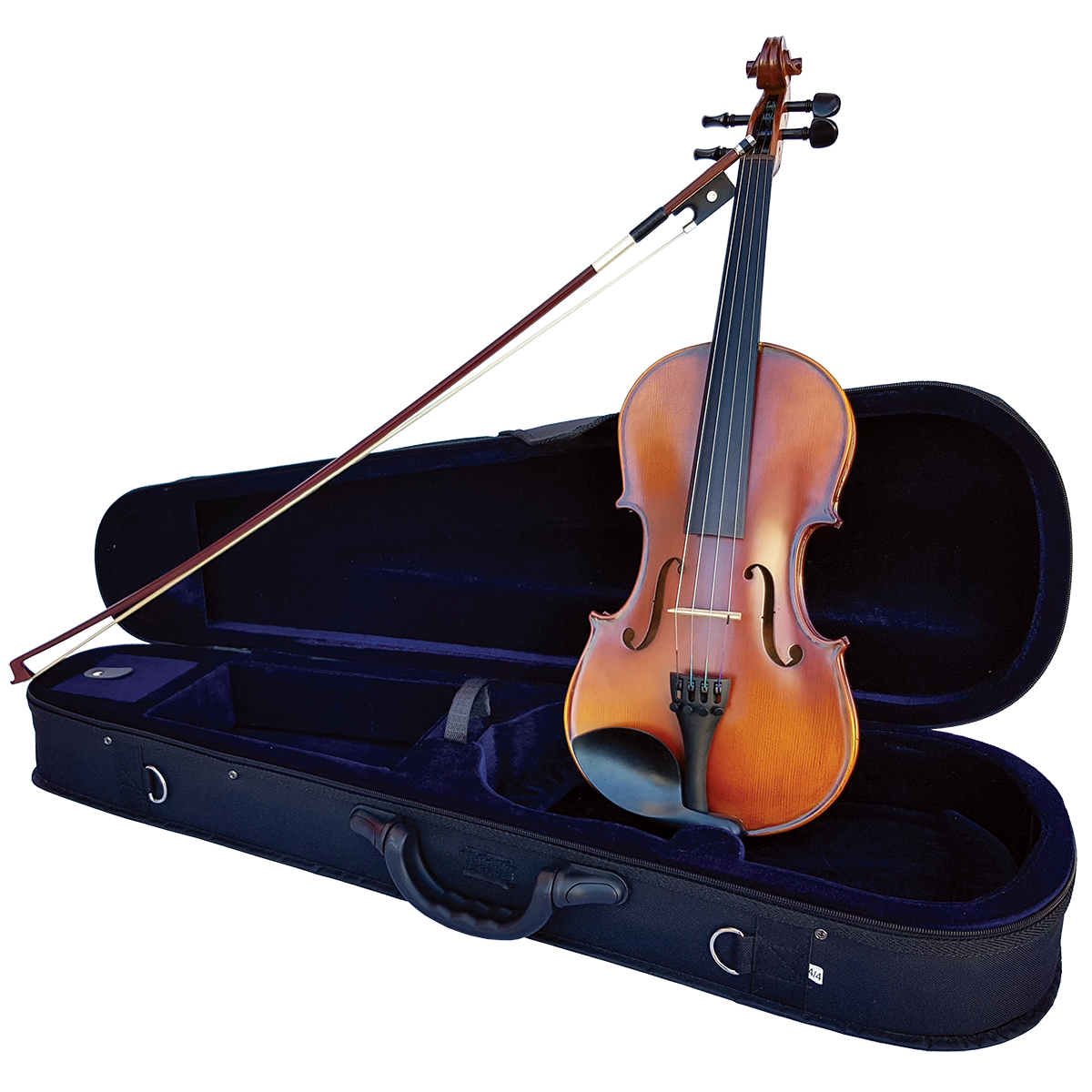Interview: Jeremy Cunningham of Levellers

The Wedding Present – George Best
As someone who’s starting to learn how to play a viola, it’s a top priority that you familiarize yourself with its different parts. Familiarization should help you to coordinate and connect well with your viola especially when it comes to tuning it, changing of strings and taking care of its parts.
We have listed below all the parts of a viola to furthermore help you in familiarizing yourself with the instrument.
Parts of the Viola
- Scroll
Located at the top of the viola just above the pegbox, the scroll is the part of the instrument that has either carved animals or figures.
2. Tuning Pegs
Also known as pegbox, the tuning pegs is found under the scroll. This part is where the strings are attached from the top through a small hole. As the name suggests, the pegbox plays an important role in tuning your viola alongside the fine tuners
3. Nut
Serves as the connector for the tuning pegs and fingerboard, the nut has four (4) grooves that helps to keep the strings in place. That’s why it’s necessary that before you tighten your strings, you should always check if it’s sitting properly at the grooves of the nut.
4. Strings
Viola strings can be made from various metals (e.g. aluminum, steel, or gold) and its quality plays a huge factor in the overall tonal quality of your viola.
5. Neck
This long wooden piece of the instrument carries all the stress of the strings. The neck is also where the fingerboard of your viola is glued to.
6. Fingerboard
Attached to the neck of the viola and sits underneath the strings, the fingerboard has a black surface that may experience discoloration with continuous use. It’s necessary that your fingerboard will have refinishing every now and then as soon as such situation occurs.
7. Body
The body of viola can be made of two-piece backs that has a seam down the middle or one-piece back which is a favorite by most violists for its good resonance. For acoustic violas, the body plays a huge role in amplifying the instrument.
8. Sound Post
This round-like part runs from front to back piece of the instrument. It’s important in producing sound and aides in the overall structure of the viola especially from the pressure created by the tension of the strings.
9. F Holes
The F holes serve as the outlet of the sound waves that came from the string vibration. Through the F holes, it helps the instrument to produce super sounds.
10. Bridge
The angles of the bridge predict the ease of the performance of a viola. If it has a smaller angle, playing double or triple stops should be easy, while curved one helps to hit notes easier without scraping the wrong string.
11. Fine Tuners
Found either on all four (4) strings or just the A string, fine tuners help in tightening the strings. If for instance that you find your fine tuner at the end of the screw, it’s best to unscrew it and repeat the process of proper tightening of strings to prevent over tightening.
12. Tailpiece
Also called Endpin, the tailpiece is the part that holds the strings at the bottom of the viola. It is held together by the end pin or end button that usually rubs at the neck of a violist
13. Chin Rest
This part helps to support the violist’s chin when playing the viola. This part is vital as it helps to hold the viola, leaving the left hand to move smoothly across the fingerboard.
Parts of the Viola Bow
- Hair
This part of the bow touches the string and usually made of synthetic material or horse hair. The strands of the hair should also be applied with rosin properly to produce quality sound.
2. Frog
This is the part of the bow that a violist holds and where the mechanics of the bow are situated.
3. Screw
Found at the end of the frog, screw helps in adjusting the hair of the bow.
4. Stick
Light and has a balance point, stick is usually made of wood or metal core. It aides in tightening and loosening of the hair
5. Pad
This part of the bow assists in holding the bow itself.
Here are all the parts of a viola that you need to know and we hope it helped you in getting to know more about the instrument. After all, what’s playing a viola if you don’t know its parts, right?




